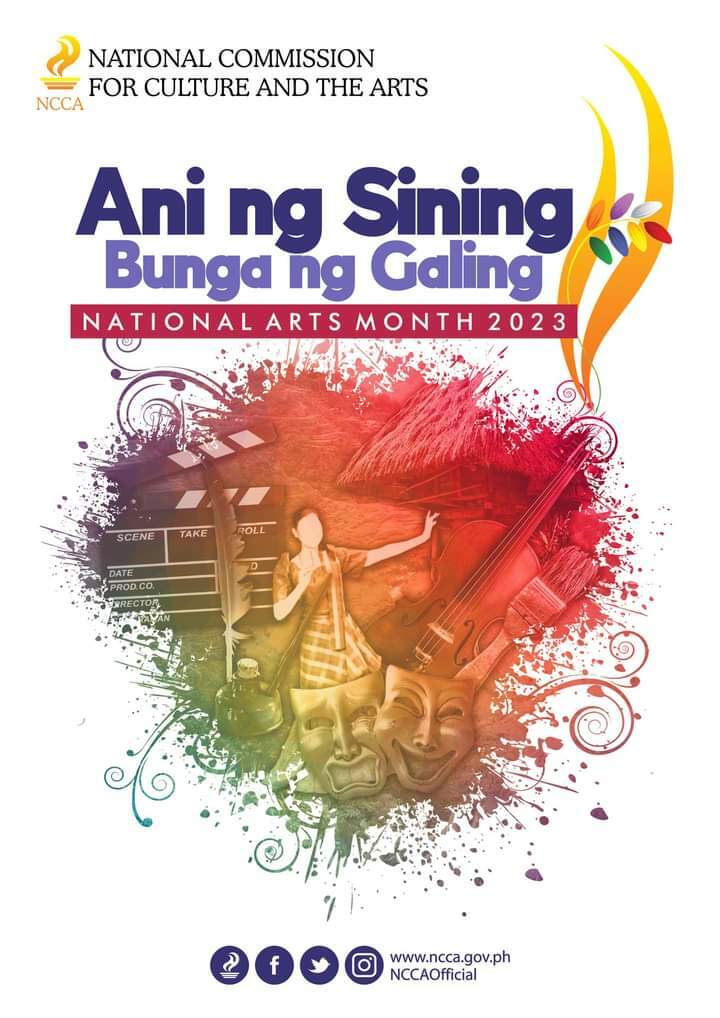The Philippines is a country rich in indigenous culture and tradition, with over 100 ethnic groups spread across its more than 7,000 islands. From the intricate textiles of the Igorot people to the vibrant dances of the T’boli tribe, the country’s indigenous heritage is a vibrant and integral part of Filipino identity.
In recent years, there has been a growing movement within the country’s art scene to celebrate and incorporate these indigenous traditions into modern Filipino art. This intersection of indigenous culture and modern art has not only brought attention to the unique and diverse cultural heritage of the Philippines but has also provided a platform for indigenous artists to share their stories and traditions with a wider audience.
One of the most prominent examples of this intersection can be seen in the work of contemporary Filipino artists such as Pacita Abad and BenCab. Both artists have drawn inspiration from indigenous motifs, patterns, and techniques, incorporating them into their paintings and sculptures. Through their work, they have not only paid homage to indigenous culture but have also reinterpreted these traditions in a modern and innovative way.
In addition to individual artists, there are also organizations and collectives in the Philippines that are dedicated to promoting and preserving indigenous culture through art. The Talaandig Artists Group, for example, is a collective of Talaandig artists from Bukidnon who use their art as a means of preserving and promoting their indigenous heritage. Through workshops, exhibitions, and community outreach, they have been able to showcase the beauty of Talaandig culture and its relevance in the modern world.
Furthermore, the rise of indigenous art fairs and exhibitions in the Philippines has provided a platform for indigenous artists to showcase their work and connect with a wider audience. Events such as the Likhang Habi Market Fair and the Manila FAME trade show have featured the work of indigenous artisans, allowing them to gain recognition and support for their craft.
The intersection of indigenous culture and modern Filipino art has also extended beyond traditional mediums such as painting and sculpture. In recent years, there has been a resurgence of interest in indigenous textiles, weaving, and craft-making. Many contemporary Filipino designers and fashion labels have been collaborating with indigenous communities to incorporate traditional textiles and designs into their collections, bringing these age-old techniques into the mainstream fashion industry.
Through these various initiatives and platforms, the intersection of indigenous culture and modern art in the Philippines is not only preserving the country’s rich cultural heritage but is also fostering a greater appreciation and understanding of indigenous traditions. By bridging the gap between the old and the new, Filipino artists are creating a more inclusive and diverse art scene that celebrates the multifaceted identity of the country.







